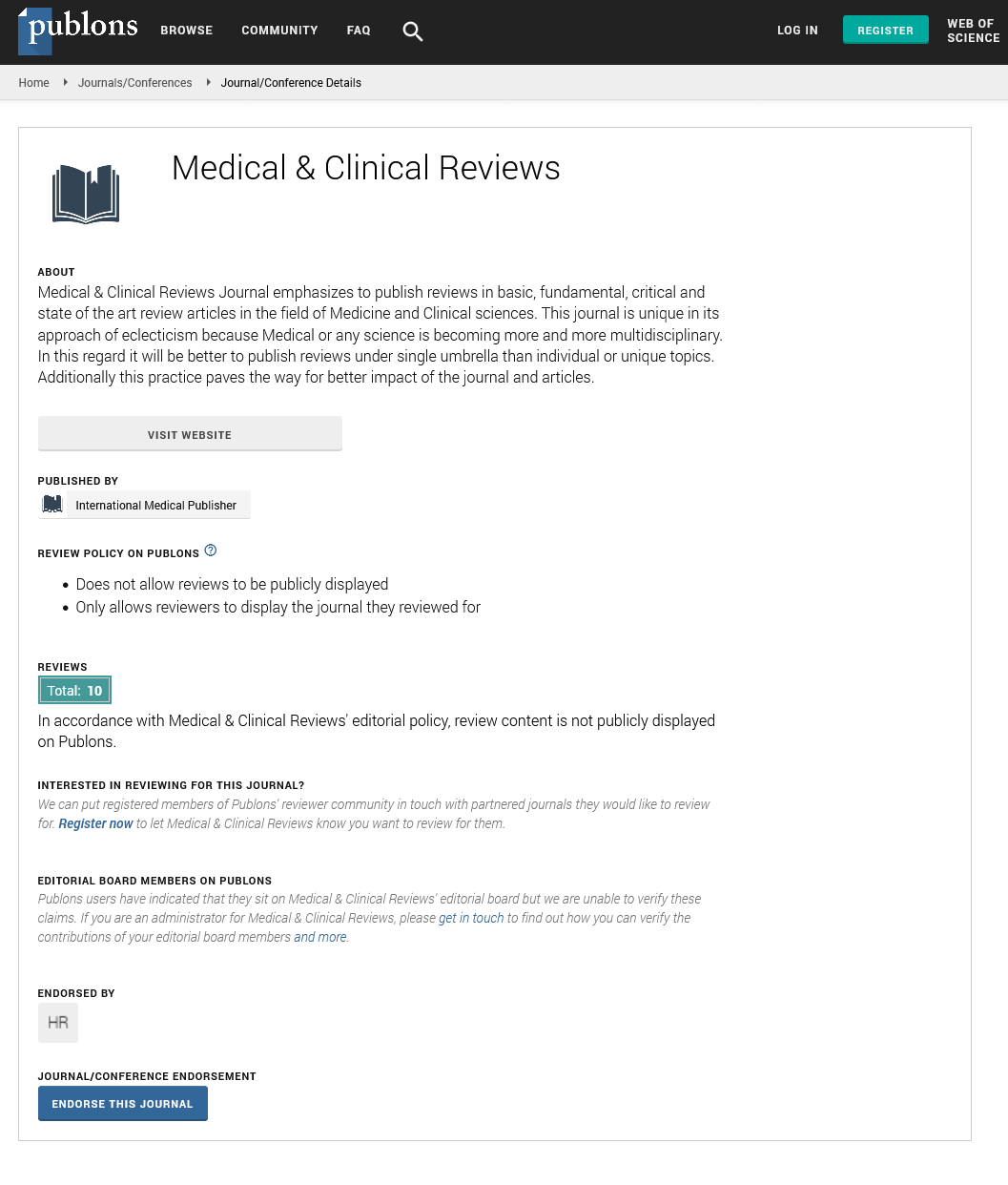Abstract
Early Predictors of Acute Kidney Injury (AKI) in a Sample of Egyptian Full Term Neonates
Background: AKI is an independent predictor of morbidity and mortality for critically ill neonates at Neonatal Intensive Care Unit (NICU). Cystatin-C and beta 2 microglobulin are two promising early biomarkers for AKI.
Aim of work: It was to compare between serum creatinine, Cystatin-C and beta 2-microglobulin as early markers for AKI in neonates.
Subjects and methods: This study was carried out on 120 neonatal patients incubated at NICUs of Tanta university hospitals. 60 neonates meeting AKI diagnostic criteria of neonatal Kidney Disease Improving Global Outcome (KDIGO) served as group (1), 60 healthy age and sex matched neonates served as controls (group 2).
Results: At 1st day of incubation, there were significant increase in mean values of Cystatin C and beta 2 microglobulin in patients when compared to controls (2.2 ± 0.5) vs. (0.5 ± 0.2) and (7.2 ± 2.4) vs. (1.9 ± 0.4) respectively while there was no significant difference in that of serum creatinine in both studied groups. At a cut off value ≥ 1.5 (mg/L), beta 2 microglobulin had the highest sensitivity for early prediction of neonates with AKI (98%) with specificity 80%. Cystatin-C at a cut off value ≥ 0.6 (mg/L), had a good sensitivity (85%) with specificity 80%. While serum creatinine had at cut off value ≥ 0.5 (mg/L) the lowest sensitivity (41.5%) with specificity 52.7%.
Conclusions: Serum levels of beta 2 microglobulin and cystatin C were more sensitive and more specific than serum creatinine for early prediction of neonatal AKI in NICU.
Author(s):
Mohamed Abdelaziz El-Gamasy
Abstract | Full-Text | PDF
Share this

Google scholar citation report
Citations : 906
Medical & Clinical Reviews received 906 citations as per google scholar report
Medical & Clinical Reviews peer review process verified at publons
Abstracted/Indexed in
- Google Scholar
- China National Knowledge Infrastructure (CNKI)
- Directory of Research Journal Indexing (DRJI)
- WorldCat
- Publons
- Secret Search Engine Labs
Open Access Journals
- Aquaculture & Veterinary Science
- Chemistry & Chemical Sciences
- Clinical Sciences
- Engineering
- General Science
- Genetics & Molecular Biology
- Health Care & Nursing
- Immunology & Microbiology
- Materials Science
- Mathematics & Physics
- Medical Sciences
- Neurology & Psychiatry
- Oncology & Cancer Science
- Pharmaceutical Sciences


